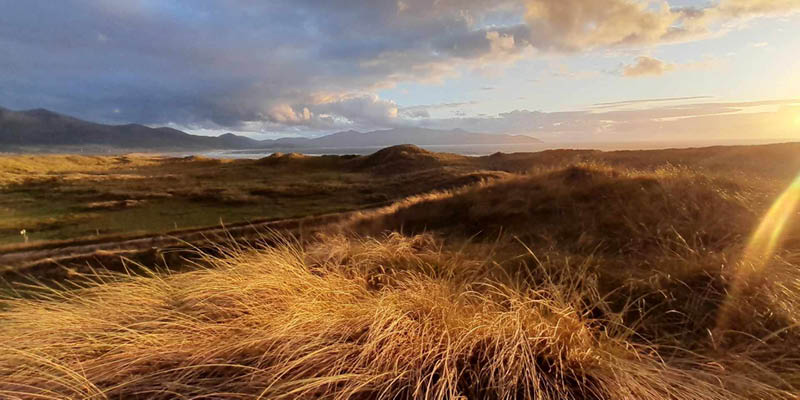- Home
- About the College
- Governance
- College Committees & Steering Groups
- College Assembly
- College Council
- College Executive Management Committee
- College Academic Programmes and Curriculum Development Committee
- College Graduate Studies Committee
- College Research & Innovation Committee
- College Teaching Learning and Student Experience Committee
- College Student Recruitment and Outreach Committee
- College Sabbatical Research Leave Committee
- College of SEFS Adjunct Appointments Committee
- International Education Committee
- College Postgraduate Student Committee
- Athena SWAN Steering Group
- College Committees & Steering Groups
- Human Resources (UCC Access Only)
- Annual UCC STEM Awards
- Scholarships and Prizes
- Women in STEM Panel Talks
- Inaugural Professorial Lectures
- Athena SWAN in SEFS
- Proposal Calls (UCC Access Only)
- Photo Gallery
- Contact Us
- Science in Society Public Lecture Series
- Governance
- News
- Staff
- Schools and Departments
- Current Students
- Undergraduate Courses
- Postgraduate Courses
- International Students
- Research and Innovation
- Employability and Careers
- Outreach and Public Engagement
News 2024
UCC research at Fota and Dingle Aquarium leads to new conservation toolkit

A team of researchers primarily based in UCC have compiled a new toolkit for conservation projects, based in part on research conducted at Fota Wildlife Park and Dingle Aquarium.
The team behind the toolkit hope that it will provide a blueprint to follow for others who wish to engage in conservation work.
The project, recently published in Biological Conservation is led by PhD candidate Daniel Moloney of UCC’s School of Biological, Earth and Environmental Sciences (BEES).
Mr Moloney stated: “The goal of making this toolkit was to provide an easy-to-follow guide for anyone looking to get involved in conservation projects. It’s essentially a checklist put together by examining the experience of hundreds of conservation participants worldwide and trying to boil their experiences down to the most important questions.”
The toolkit was created by compiling information collected from one hundred examined research projects, and the framework is based on three pillars posed in questions that the users of the toolkit can ask themselves.
- What knowledge is required of the species/local habitat do I need?
- What tools do I require for the collection and analysis of the data I need?
- Who must I collaborate with to reach the best possible results?
The team, which also includes Professor Ruth Ramsay, Professor Paul Holloway, and Dr Courtney Collins, went through a review of one hundred research papers on various conservation projects worldwide and identified a range of techniques conservationists can employ both in captive and wild settings.
Included in these are examples such as head-starting projects, where juveniles of an endangered species are collected soon after they hatch/are born and are raised for a brief period of time in captivity.
This enables the animals time to grow and develop and aims to increase their likelihood of survival and reaching adulthood when they are returned to the wild. Currently, part of Daniel Moloney’s PhD includes assessing an ongoing head-starting project for Natterjack Toads which has been a joint effort between Fota Wildlife Park, Dingle Aquarium and the National Park and Wildlife Service.
The toolkit and accompanying article provide an introduction and clear breakdown of a wide array of conservation methods employed both in captivity and the wild. The paper examines the pit falls and issues that can reduce the success of conservation projects and provide a guide to aid others in avoiding those pit falls. In this way, the research paper combined with the toolkit can increase the potential for success in projects which make use of it.
This research was only made possible due to the ongoing support and funding provided by the Irish Research Council Enterprise Partnership Scheme in conjunction with Fota Wildlife Park.
